Plants Have an Internal Clock, Just Like Us!
Every animal, including you, has an internal clock that guides its daily routine. It's automatic, meaning most of the time we don't think about it. This internal clock wakes us up and gets us moving, then winds us down when it's time to sleep. In scientific terms, this daily routine guided by our internal clock is known as our Circadian rhythm.

It's not just animals though, plants have their own Circadian rhythms too! Scientists have known this for a long time. The first scientific observation of a plant's Circadian rhythm was made way back in 1729. A French astronomer placed a Mimosa plant in a dark, windowless room and observed that the plant continued to unfold its leaves in the morning and close them in the evening.
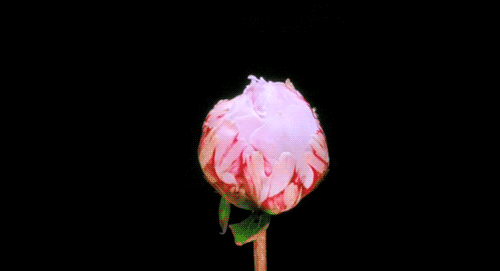
The reason plants and animals all share this instinctual Circadian rhythm, is because we all exist on the same planet, guided by the same twenty-four hour day/night cycle and the same 365 day orbit around the sun that creates our seasons. This internal clock is literally coded into our DNA, and the same thing is true for plants!
A Single Protein Tells Plants When To Bloom
Genetics is a complicated science, but all you need to know for now is that a gene is a sequence of DNA that informs the development of an organism. Plant and animal genes are made of the same basic DNA. The ingredients are the same, but the recipes are different. In plants, certain genes contain instructions for a specific light-sensitive protein that tells plants when it's the right time of year to flower.
In 2012, scientists at the University of Washington discovered that flowering plants know when to bloom thanks to a single protein. This protein, known as the FKF1 protein, is photosensitive, meaning it reacts to light. However, the protein is only active at certain times of day based on the flowering plants Circadian rhythm.
Sunlight in the Afternoon Tells Plants It's Time to Bloom!
So, how do plants know when to bloom? In winter, the days are short and it gets dark early, but the photosensitive FKF1 protein in flowering plants activates only in the late afternoon. Since it gets dark early, there isn't enough light to cause the protein to react.
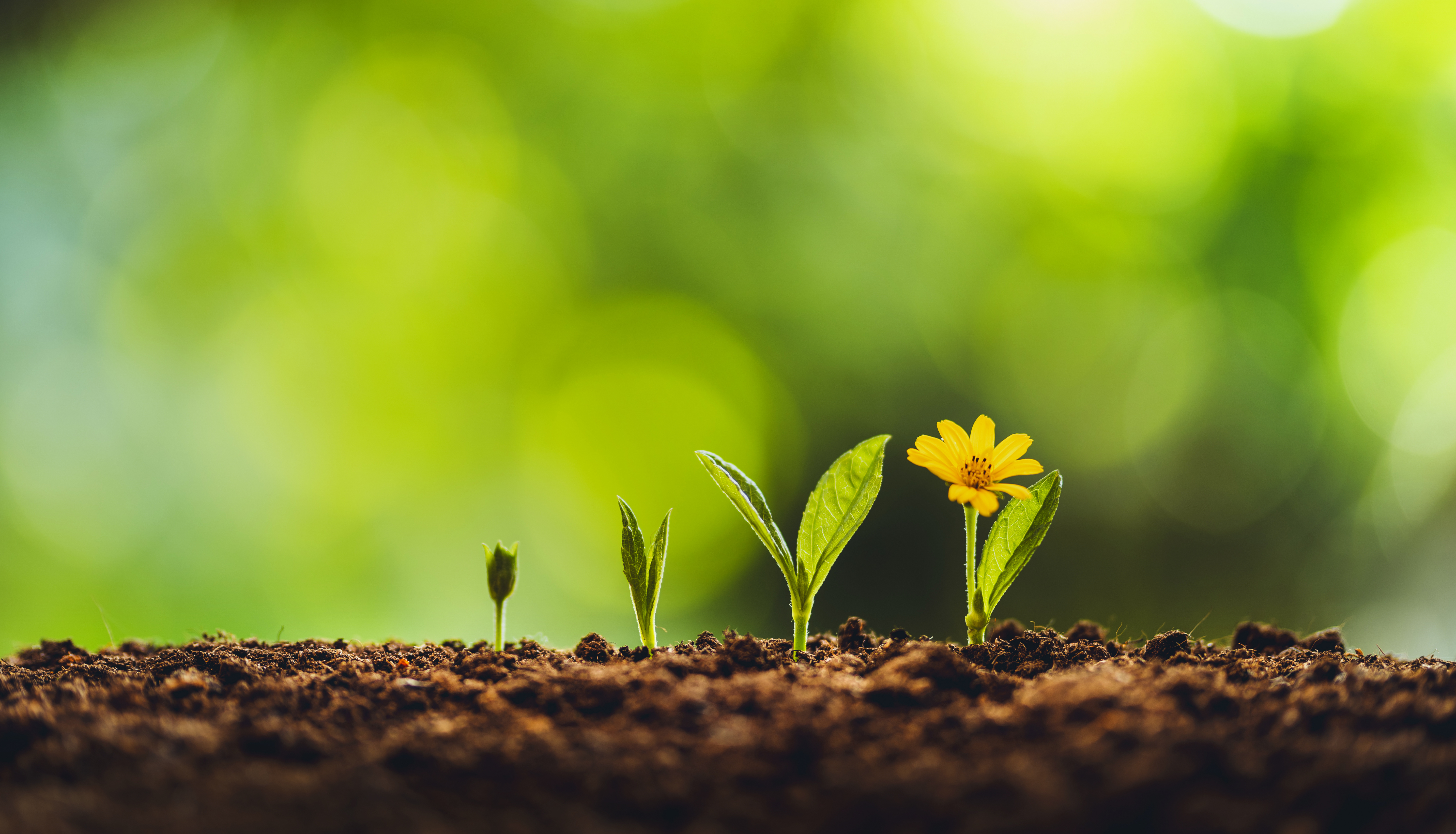
As spring approaches, the days get longer. The FKF1 protein activates and reacts to the sunlight available in the late afternoon. The FKF1 protein's photoreceptor then activates another protein called Flowering Locus T, which sets off a complex chain of protein reactions that activate over 1,000 genes.
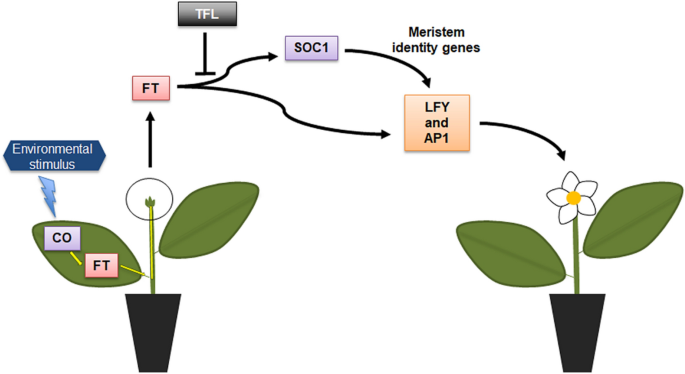
This daisy chain of events (pun intended) signals the plant to stop using energy to produce leaves and concentrate instead on making flowers. It also signals to cells at the top of the plant's stem to begin their transformation into flower cells, eventually forming flower buds.
Timing Their Bloom is Key to the Plant's Survival
Now we know how plant's sense when the time is right to flower, but one question remains. Why is it so important that flowers bloom at the right time? Plants use flowers to attract pollinators like bees and butterflies, who feed off the flower's nectar. As they feed, the flower coats their bodies in sticky pollen, which they carry on to the next flower.
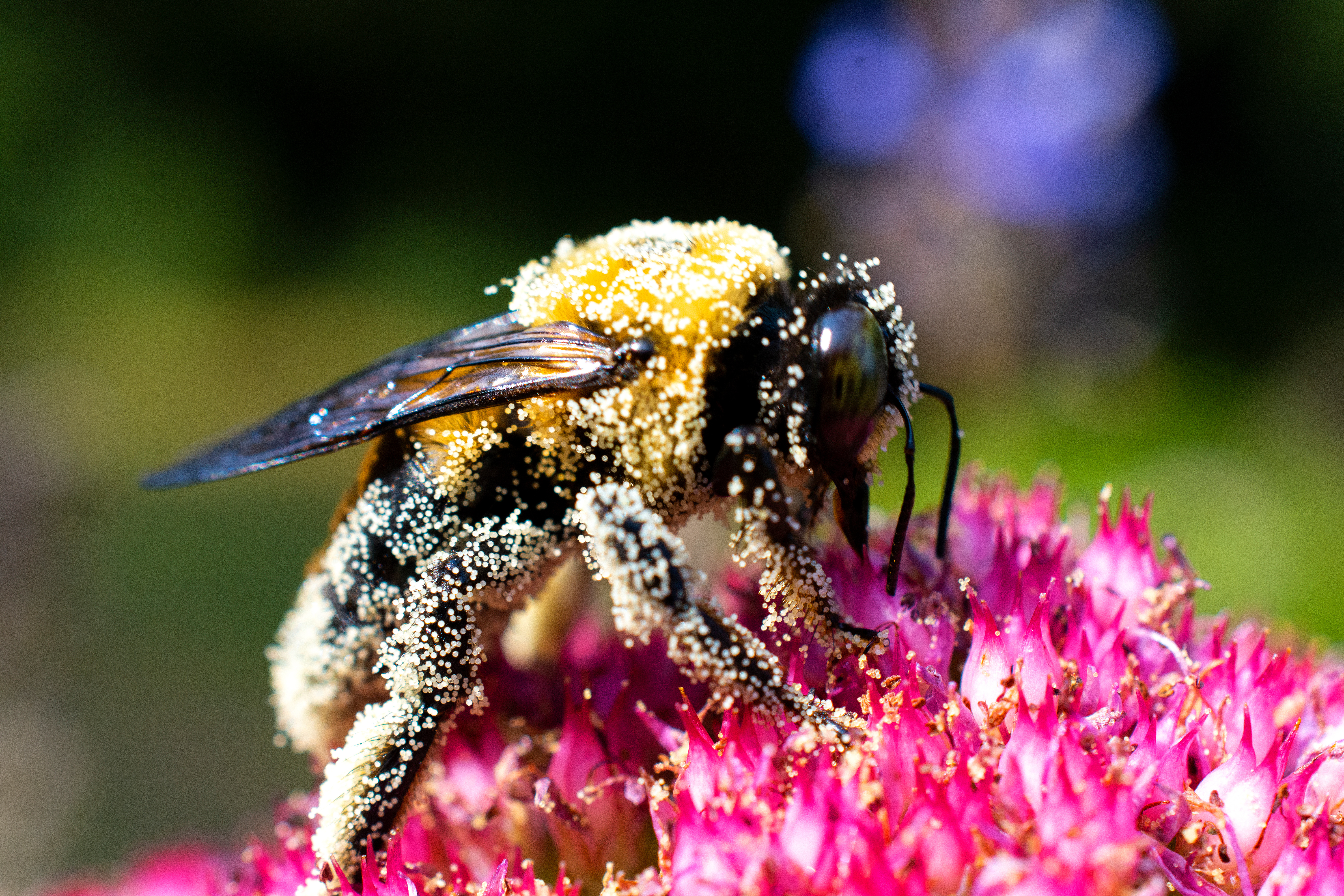
This process of pollination is how flowering plants reproduce. If every flower bloomed at the same time, then there wouldn't be enough pollinators to go around, and many plants would fail to reproduce. By staggering their blooms, plants can ensure there will be pollinators available to help spread their pollen far and wide! This is why we get lovely flowers from the start of Spring all the way through to the end of Summer.
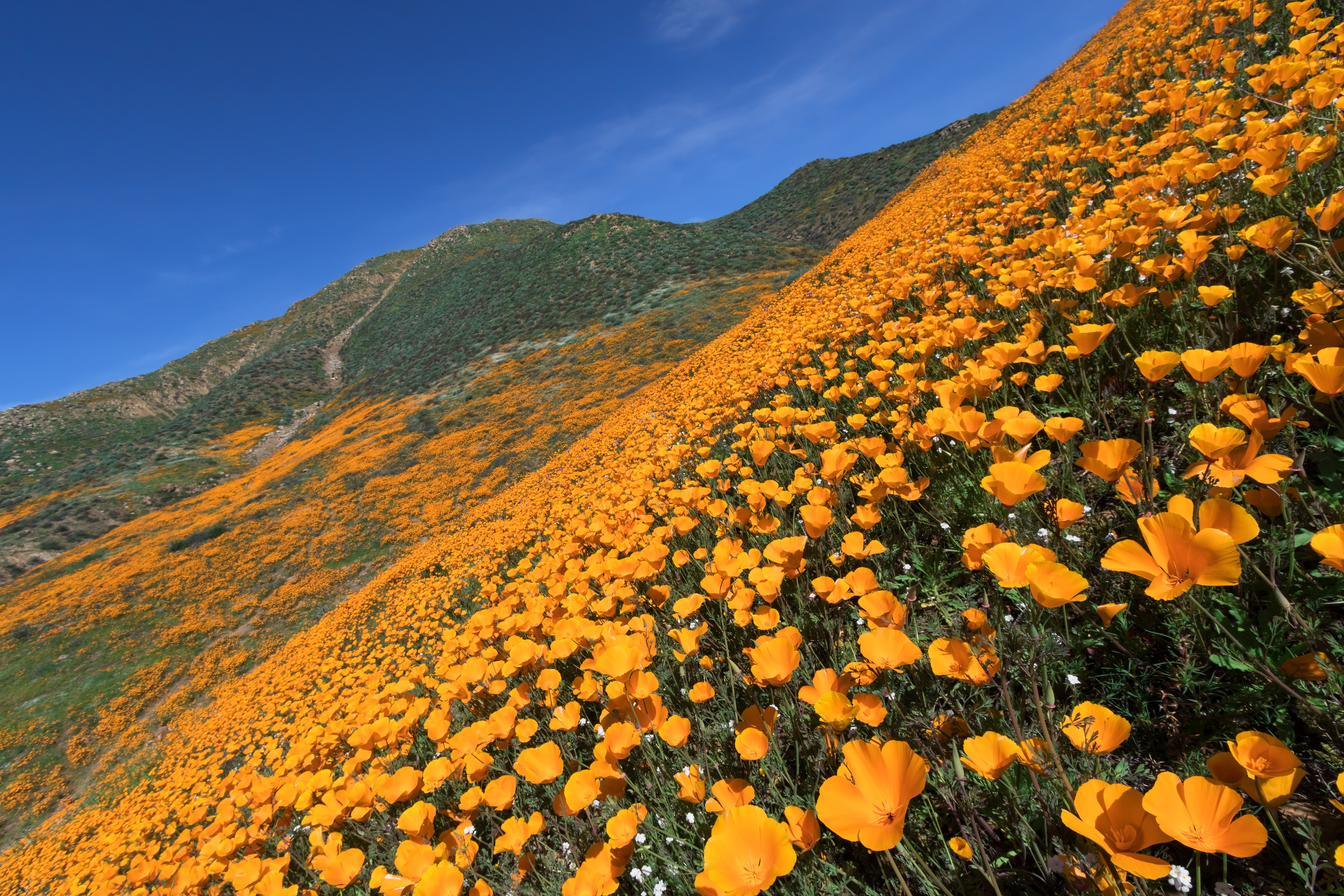
Thanks for learning about the hidden science of flowers with us! We hope you enjoyed this deep dive into plant genetics, circadian rhythms, and plant reproductive cycles. It's pretty incredible to realize what a complex chain of events goes into the creation of a single flower.
.jpg)
Can't get enough nature in your life? Want to try some extraordinary plant science for yourself? Check out our Plant Bundle Pack!
